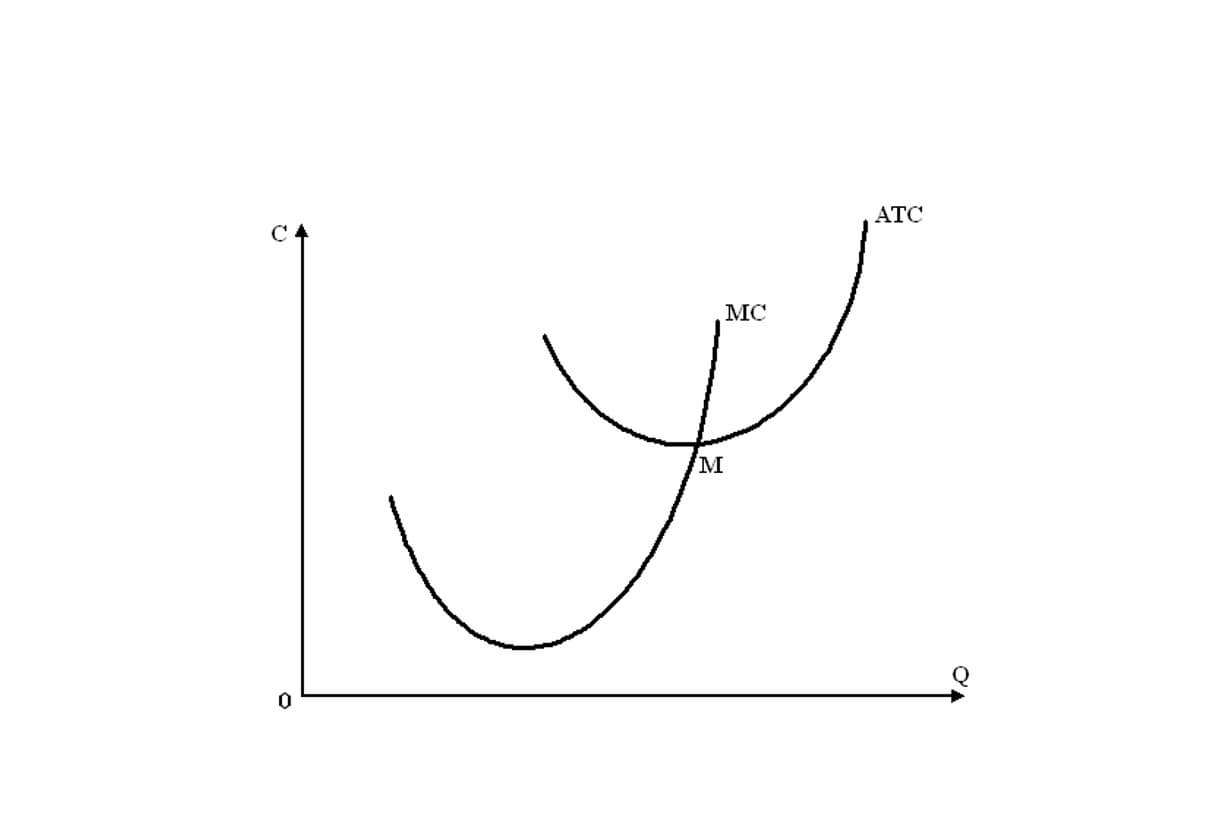
In order to find an asset’s residual value, you must also deduct the estimated costs of disposing the asset. If you earn capital gains on the disposal of an asset, you’ll typically be required to pay tax on that amount. In the case of capital losses, they can often offset other capital gains or be carried forward to offset future gains. This means that the computer will be used by Company A for 4 years and then sold afterward. The company also estimates that they would be able to sell the computer at a salvage value of $200 at the end of 4 years. The Internal Revenue Service (IRS) requires companies to estimate a “reasonable” salvage value.
- Calculating the after-tax salvage value is crucial for businesses to accurately assess the financial impact of selling their assets.
- Accountants use the straight line depreciation method because it is the easiest to compute and can be applied to all long-term assets.
- Residual value is a term sometimes used interchangeably with salvage value but may include additional estimated costs.
- The straight line method is a commonly used depreciation method that’s easy to compute and can be applied to all long-term assets.
- You can revise future depreciation calculations to reflect the updated salvage value.
NPV Calculation
Some industries also have standardized percentages for salvage value based on asset type and lifespan. Depreciation allows you to recover the cost of an asset by deducting a portion of the cost every year until it is recovered. Depreciable assets are used in the production of goods or services, such as equipment, computers, vehicles, or furniture, and decrease in resellable value over time.

Salvage value and different depreciation methods

He has been a manager and an auditor with Deloitte, a big 4 accountancy firm, and holds a degree from Loughborough University. Following formulas are used in bookkeeping net present value calculation when there are tax implications. Moving on, let’s look through the details of how the salvage value can be used in depreciation calculations. We can also define the salvage value as the amount that an asset is estimated to be worth at the end of its useful life. Scrap value might be when a company breaks something down into its basic parts, like taking apart an old company car to sell the metal. The condition of the asset is an essential factor in determining its salvage value.
- These people were considered to be more capable of weathering losses of that magnitude, should the investments underperform.
- This underscores the significance of detailed record-keeping and an intensive understanding of all prices related to asset disposal.
- It is a method of recognizing the decline in value and the wear and tear of an asset over time.
- Real Estate, on the other hand, includes the value of the land and any remaining structures.
- Correct calculations contribute to optimized asset administration, efficient tax planning, and maximized returns.
Salvage Calculation
Brokerage charges, public sale bills, and different promoting prices immediately scale back internet proceeds. Factoring these prices into calculations offers a practical evaluation of the ultimate worth. Meticulous record-keeping of an asset’s buy worth, depreciation schedule, and any enhancements made all through its lifecycle is key. This organized documentation streamlines the calculation course of and ensures accuracy. State and native taxes, similar to gross sales taxes or property taxes, can considerably influence the ultimate internet proceeds from the sale. These Budgeting for Nonprofits variations have to be thought-about for an correct evaluation of after-tax salvage worth.
Download the Straight Line Depreciation Template
The residual value salvage value formula provides insights into the potential residual worth of an asset. It assists organizations in making sound financial decisions, managing depreciation, and optimizing resource allocation. Your company is interested in a project that will generate cash inflows of $300,000, $350,000, $370,000, $330,000 at the end of each year for 4 years.
However, the straight line method does not accurately reflect the difference in usage of an asset and may not be the most appropriate value calculation method for some depreciable assets. This assumption is critical in determining the salvage value, as it affects the annual depreciation expense. The salvage value is determined by subtracting the cumulative depreciation from the purchase price of the asset.

Importance and Usage Scenarios
Over the useful life of an asset, the value of an asset should depreciate to its salvage value. Learn the HELOC formula for calculating home equity loan rates and limits, and discover how to maximize your home’s value with a HELOC. Yes, you can calculate it manually by following the formula mentioned earlier, but using a calculator can simplify and speed up salvage value the process. Discover how the FCFE equation is crucial for valuation, helping investors understand a company’s true financial health and potential. Anne Wiegand is a seasoned writer with a passion for sharing insightful commentary on the world of finance. Industry benchmarks and standards provide reference points for estimating salvage value.